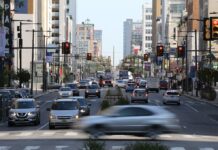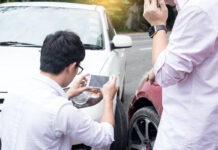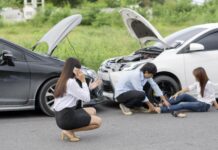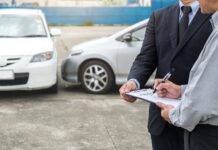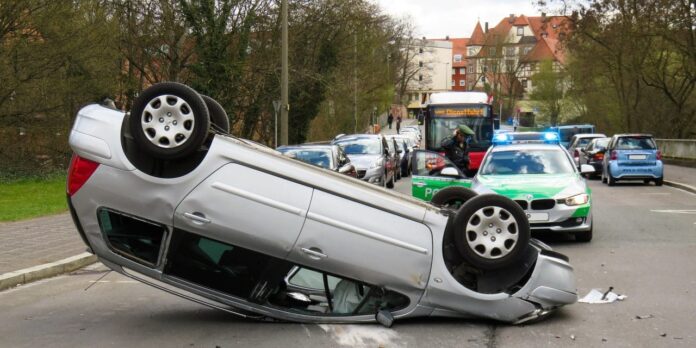
The longer a person drives, the more likely it is that you’ll get in an accident at some point. That’s just statistics. However, you can drive safely and follow all laws. That makes a collision a lot less likely.
There are common reasons why car accidents occur. It might interest you to know that a few specific factors often come into play, and you can take steps to avoid these behaviors.
We’ll go over a few of them in this article.
Speeding

The Jacoby and Meyers website states that causes for car accidents typically fall into three broad areas: driver error, environmental factors, and mechanical failures. Driver error often plays a part, though, more than the other two. Speeding is one of the typical things drivers do that causes many collisions and single-car accidents.
When you speed:
- You make it easier for you to lose vehicular control
- You might spook another driver
Local governments set speed limits for a reason. They study traffic stats exhaustively. They determine that when a car goes a certain speed on the highway or a local road, and it gets in an accident, a fatality is more likely at one speed and less likely at another.
Because of this, when you speed, a change of five or ten miles per hour can be a literal life or death difference. If you’re going fifty-five on the highway, and you get in an accident, you will probably live. If you’re going eighty-five, it’s a lot less likely.
When you go the speed limit, it demonstrates respect for other drivers, pedestrians, cyclists, etc. When you speed, that shows you don’t care about their wellbeing.
Distracted Driving
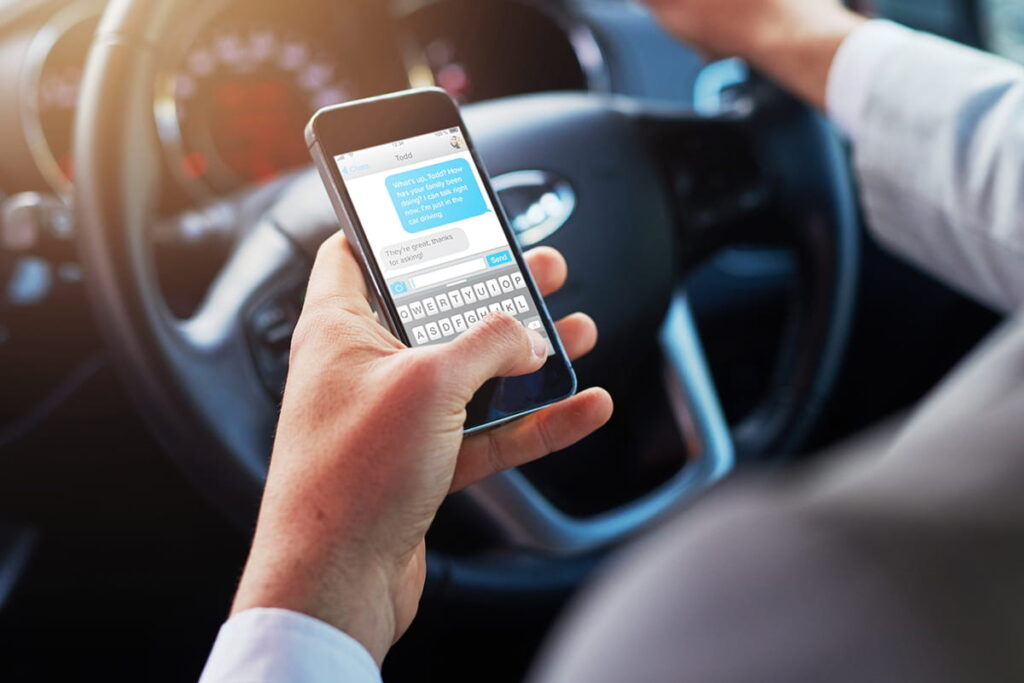
Unfortunately, many drivers allow various things to distract them. Some examples are:
- Kids in the backseat
- Bluetooth calls
- Texting while driving
If you have kids who like to yell and throw things when you’re driving, you need to come up with something that will distract them. Maybe you can get them a book or a new toy.
Bluetooth phone calls are safer than trying to use your smartphone while driving, but they can still distract you. If you’re going to make a call, keep it brief. The sooner you are off the phone, the sooner the road has your full attention.
You should never text while driving. Your car might have the technology that you can do speak-to-text, where you say something, and your phone sends a contact with a text message. It’s exciting tech, but you should only use it in emergencies.
The more you focus on in-car distractions, the less you watch the road in front of you. Remember that, and act accordingly.
Tailgating
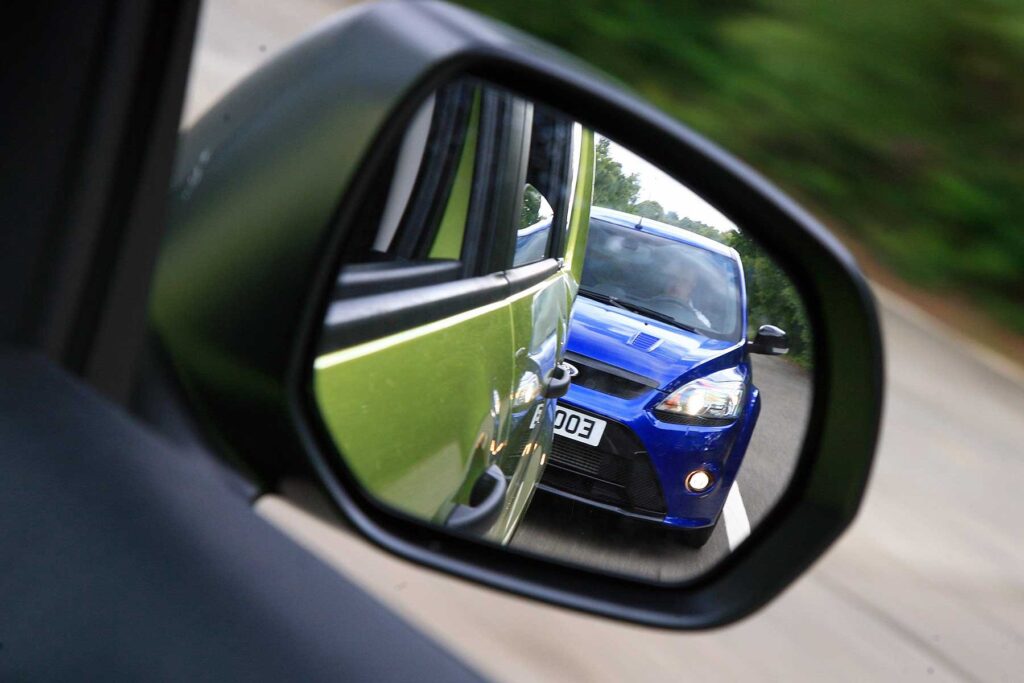
Tailgating is another thing that some drivers do, and there is simply no cause for it. Tailgating, if you don’t know the term, occurs when you ride another car’s bumper. You stick close behind them, and sometimes you might even honk or flash your lights.
The reason most people do this is that they feel like the person ahead of them is driving too slowly. They often do this on the highway.
However, even if the person ahead of you is driving slowly in the fast lane, that does not excuse this dangerous behavior. If you want to pass them, get in the passing lane and go around. If you want to pass them, get in the passing lane and go around. Be a defensive driver and do the right thing.
These are some of the scenarios people at GeorgiaAutoLaw.com handles most of the time. Accidents may happen and seeking advice from experts should be your next move. Next time you encounter this kind of scenario, don’t ever yell or gesture at them. There is no call for that type of behavior. You might make them panic and hit another vehicle or the center divider.
If a car behind you is tailgating, try to get out of their way. That is reckless driving, and you want to get as far away from that other motorist as you can.
Poor Weather Conditions
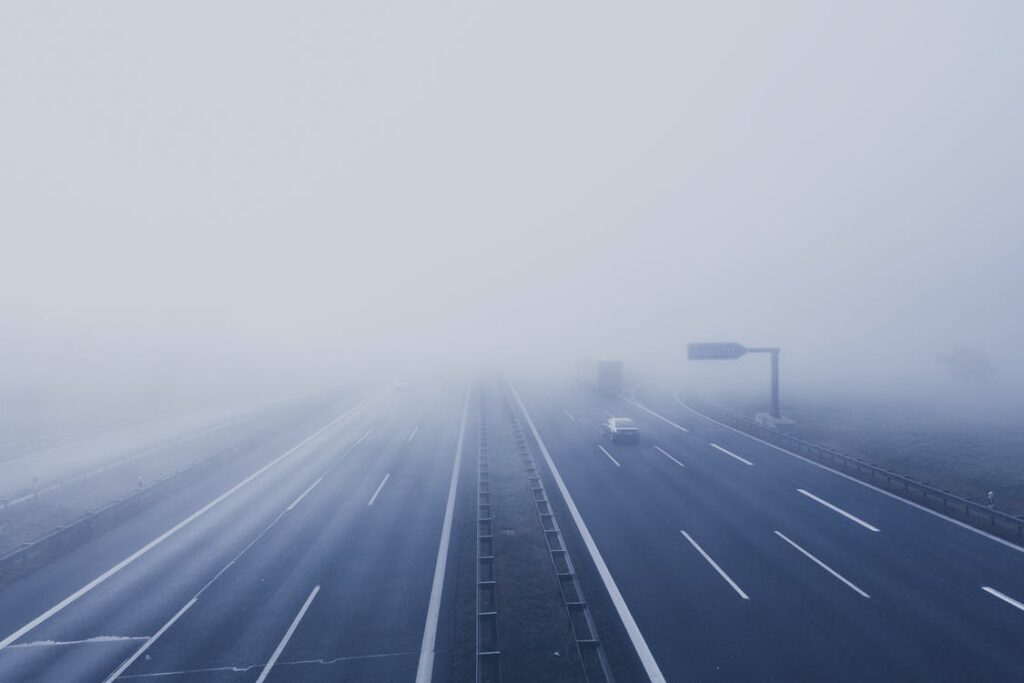
Sometimes, it’s not reckless or unsafe driver behavior that causes an accident. Perhaps it’s just bad weather.
You might have to drive sometimes when it’s raining, snowing, hailing, etc. Those are challenging conditions, and if you’re not an experienced driver, you can easily crash.
Make sure to have your lights on in any of those scenarios, and drive slower than usual. You don’t even need to go the speed limit in a blizzard. Slow way down and stay laser-focused on the road ahead.
If you feel like you can avoid making a trip in that weather, don’t go. Put off the errand unless you have no other choice.
You can also always pull over and wait until things calm down a little bit. You won’t get to where you’re going as quickly, but it’s safer for you, your passengers, and other drivers and pedestrians.
Not Checking Your Blind Spot
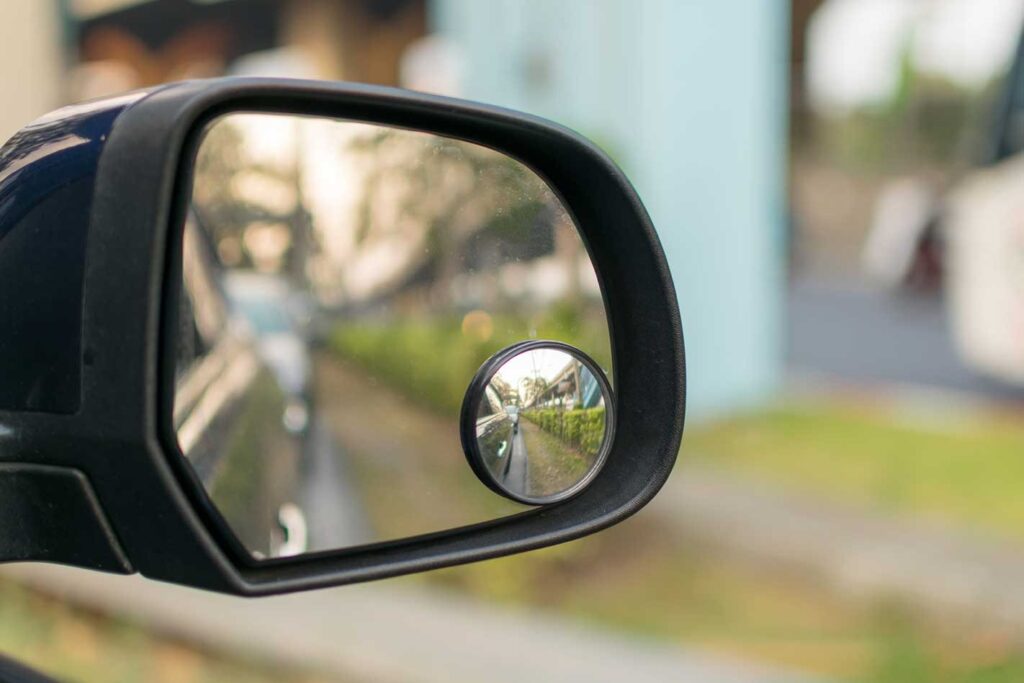
Mostly it is younger or inexperienced drivers who forget to check their blind spots. A blind spot is anywhere around a car where you have to turn your head to see if there is a vehicle or object there before you switch lanes. Various vehicles have different blind spots.
If you try to change lanes without checking your blind spot, you can hit the vehicle next to you. You also might cause it to swerve and hit someone or something else.
Some new cars do have blind spot detection systems now. They make a noise or vibrate your seat or the steering wheel to let you know not to change lanes at that moment.
However, many older vehicles don’t have that, which is why you need to practice checking your blind spot before every lane change. If you check every time, you can avoid many accidents or near misses.
You should also never drive if you’ve ingested alcohol or illegal drugs. Even if you have consumed prescription drugs, you should drive carefully if you know they make you dizzy or tired.
Make sure to pay attention to traffic control devices like stop signs. Don’t ever blow through a stop sign, and stop when you see a yellow light if you can’t make it through the intersection in time.
You should be able to avoid the most severe accidents if you follow our advice. You can visit this site to get the right lawyer service you deserve.

